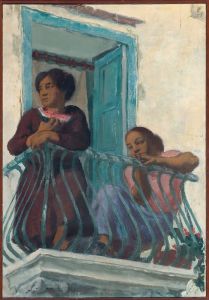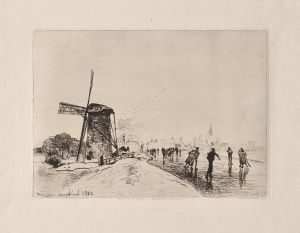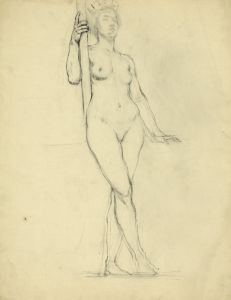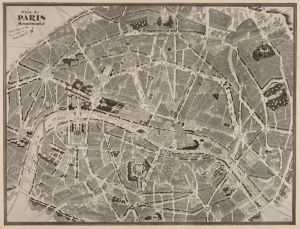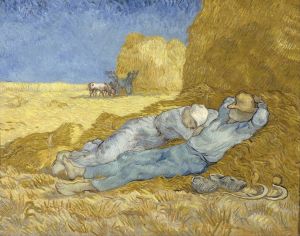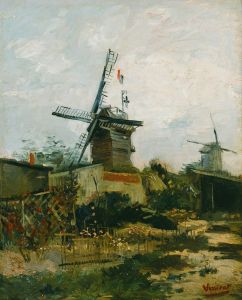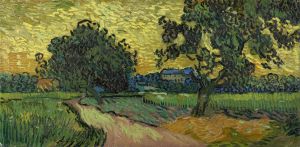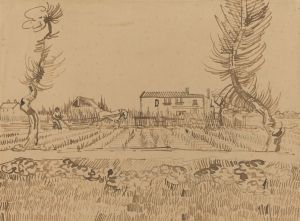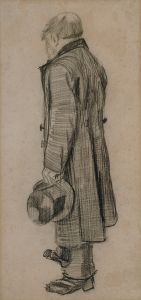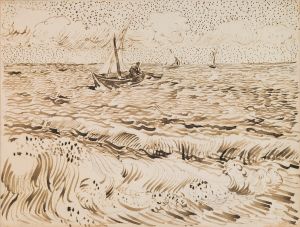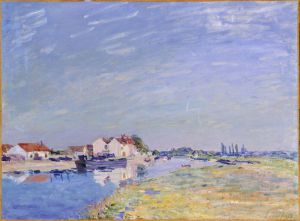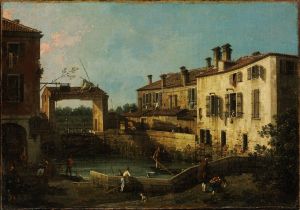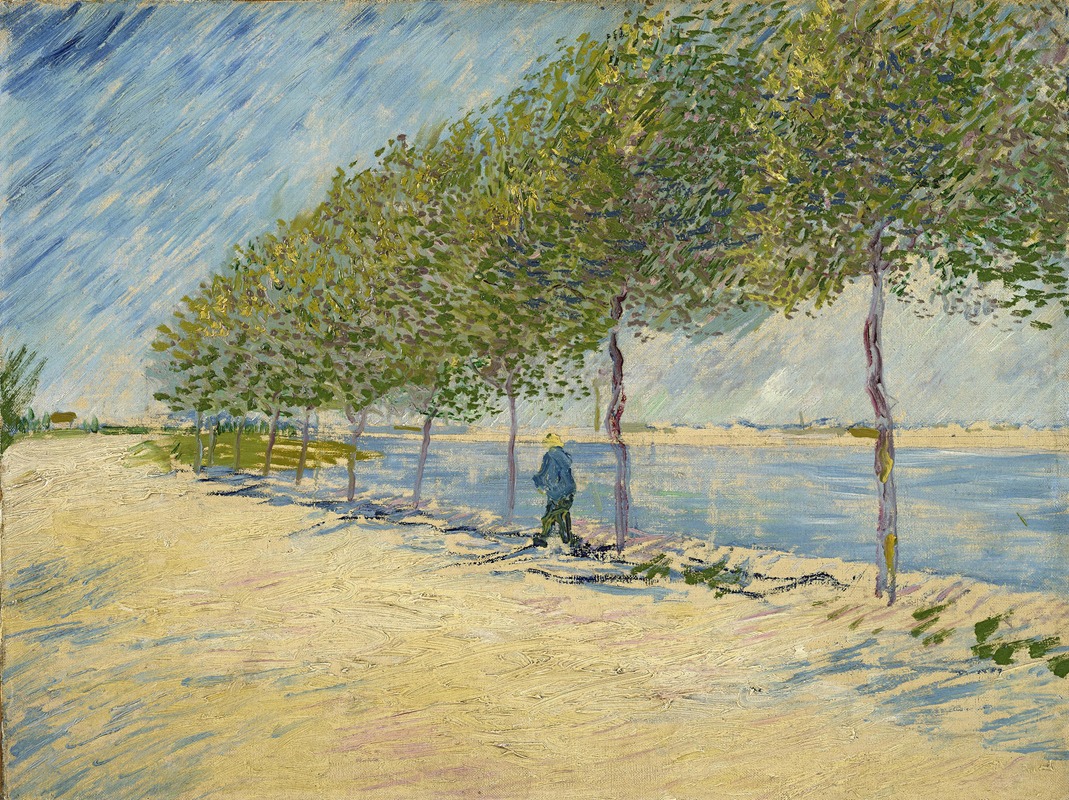
Along the Seine
A hand-painted replica of Vincent van Gogh’s masterpiece Along the Seine, meticulously crafted by professional artists to capture the true essence of the original. Each piece is created with museum-quality canvas and rare mineral pigments, carefully painted by experienced artists with delicate brushstrokes and rich, layered colors to perfectly recreate the texture of the original artwork. Unlike machine-printed reproductions, this hand-painted version brings the painting to life, infused with the artist’s emotions and skill in every stroke. Whether for personal collection or home decoration, it instantly elevates the artistic atmosphere of any space.
Vincent van Gogh, a Dutch post-impressionist painter, is renowned for his vivid use of color and expressive brushwork, which contributed significantly to the foundations of modern art. Among his numerous works, "Along the Seine" is one of the paintings that capture his exploration of light and color during his time in Paris.
Van Gogh moved to Paris in 1886, where he lived with his brother Theo, who was an art dealer. This period marked a significant transformation in his artistic style. Influenced by the Impressionists and Neo-Impressionists, Van Gogh began experimenting with brighter colors and looser brushwork, moving away from the darker palette of his earlier works. The Seine River, which flows through Paris, became a frequent subject for Van Gogh and other artists of the time, providing a picturesque setting that offered a variety of lighting conditions and atmospheric effects to explore.
"Along the Seine" is a reflection of Van Gogh's interest in capturing the transient effects of light on water and landscape. The painting showcases his ability to convey the movement and shimmering quality of water through dynamic brushstrokes and a vibrant palette. The Seine, with its banks lined with trees and the bustling life of Paris in the background, provided Van Gogh with a rich source of inspiration. The painting is characterized by its use of color contrasts and the interplay of light, which are hallmarks of Van Gogh's Paris period.
During his time in Paris, Van Gogh was exposed to the works of artists like Claude Monet, Camille Pissarro, and Georges Seurat. This exposure had a profound impact on his work, as he began to adopt some of their techniques, such as the use of small, distinct brushstrokes and a focus on capturing the effects of light. "Along the Seine" reflects these influences, as Van Gogh applied these techniques to create a sense of depth and movement in the painting.
The painting is also notable for its composition, which often features a high horizon line and a focus on the natural elements of the scene. Van Gogh's choice of perspective invites the viewer to engage with the landscape, drawing the eye across the water and towards the distant horizon. This compositional style is indicative of Van Gogh's desire to convey a sense of immediacy and presence in his work.
"Along the Seine" is part of a series of works that Van Gogh created during his Parisian period, each exploring different aspects of the city's landscape and the effects of light. These works are significant in understanding Van Gogh's development as an artist, as they mark a period of experimentation and transition that would eventually lead to the creation of some of his most famous works.
Today, "Along the Seine" is appreciated not only for its aesthetic qualities but also for its role in Van Gogh's artistic evolution. It serves as a testament to his ability to capture the beauty and complexity of the natural world, as well as his ongoing quest to express his emotional response to the environment through his art.






